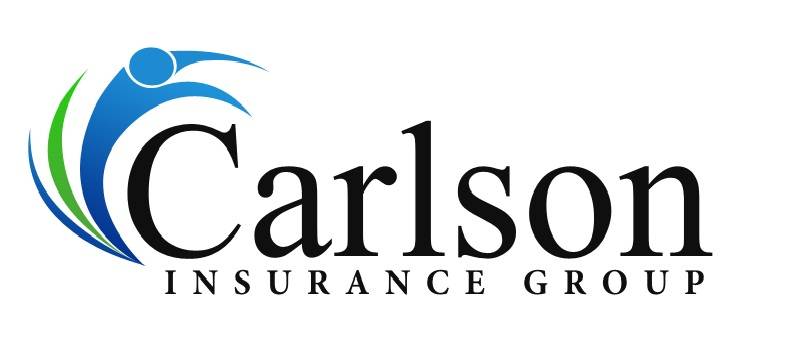Worker’s Compensation Insurance is a vital aspect of safeguarding both employees and employers in the United States. When an injury occurs on the job, how a company responds in the first 24 hours can significantly impact worker’s compensation claims, including the potential for reduced premiums. In this blog post, we’ll delve into the importance of safety protocols and swift responses in the context of worker’s compensation in the US.
Why the First 24 Hours Matter
When an injury happens at the workplace, the initial response can set the tone for the entire worker’s compensation process. This is where well-defined safety protocols come into play. Responding promptly and effectively not only ensures the injured worker receives the care they need but also helps in reducing claims costs and potentially lowering worker’s compensation insurance premiums.
To learn more about worker’s compensation Laws and Regulations in the US, visit this link for a comprehensive overview of worker’s compensation Regulations and Laws.
The Impact of Delayed Reporting
One common reason for delayed reporting is the belief that the pain will subside on its own. However, this can lead to prolonged recovery times and increased costs. Moreover, a lack of employee training often results in injured workers seeking outside medical help instead of reporting the injury to their supervisor. This underlines the importance of clear communication and training. Educating yourself and your employees on OSHA guidelines is highly beneficial when it comes to quick response situations.
Training and Communication
To streamline the worker’s compensation process, proactive training is essential. Employees should be educated on how to report injuries promptly and with confidence. Supervisors play a crucial role in guiding injured employees through the process, emphasizing a supportive work environment that encourages immediate reporting. Educate yourself and your employees on their responsibilities and actions that can impact the workplace environment and improve the claim reporting process.
Key Actions Within the First 24 Hours
Prompt Medical Treatment
Immediately after an injury, assessing its type and severity is paramount. Injuries such as sprains, strains, and neck/back injuries, which often result in higher claims costs, require prompt medical care. An established relationship with a clinic or occupational health expert ensures quick and appropriate treatment.
Timely Reporting
Once the injured worker is triaged and receives medical attention, reporting the injury to the appropriate parties is vital. Effective training ensures that reporting is swift at all levels, including supervisors, injury management coordinators, and insurance carriers. Timely reporting is a result of a well-executed safety protocol and leads to a faster return to work and minimized indemnity claims. A great way to stream line Injury reporting is to use tools like Intelex.
Expedited Return to Work
Planning for the injured employee’s return to work should start from day one. Return to Work programs have proven to yield better health outcomes and limit claims costs to medical expenses. Employers should express care and concern, provide necessary forms for doctors, and maintain communication to create a successful return to work plan.
Conclusion
In the realm of worker’s compensation insurance in the US, the first 24 hours following an injury are pivotal. Swift and well-executed safety protocols, training, and communication can significantly impact the outcome of a worker’s compensation claim, potentially leading to reduced premiums. Prioritizing the well-being of injured employees not only fosters a safer workplace but also benefits the bottom line.






